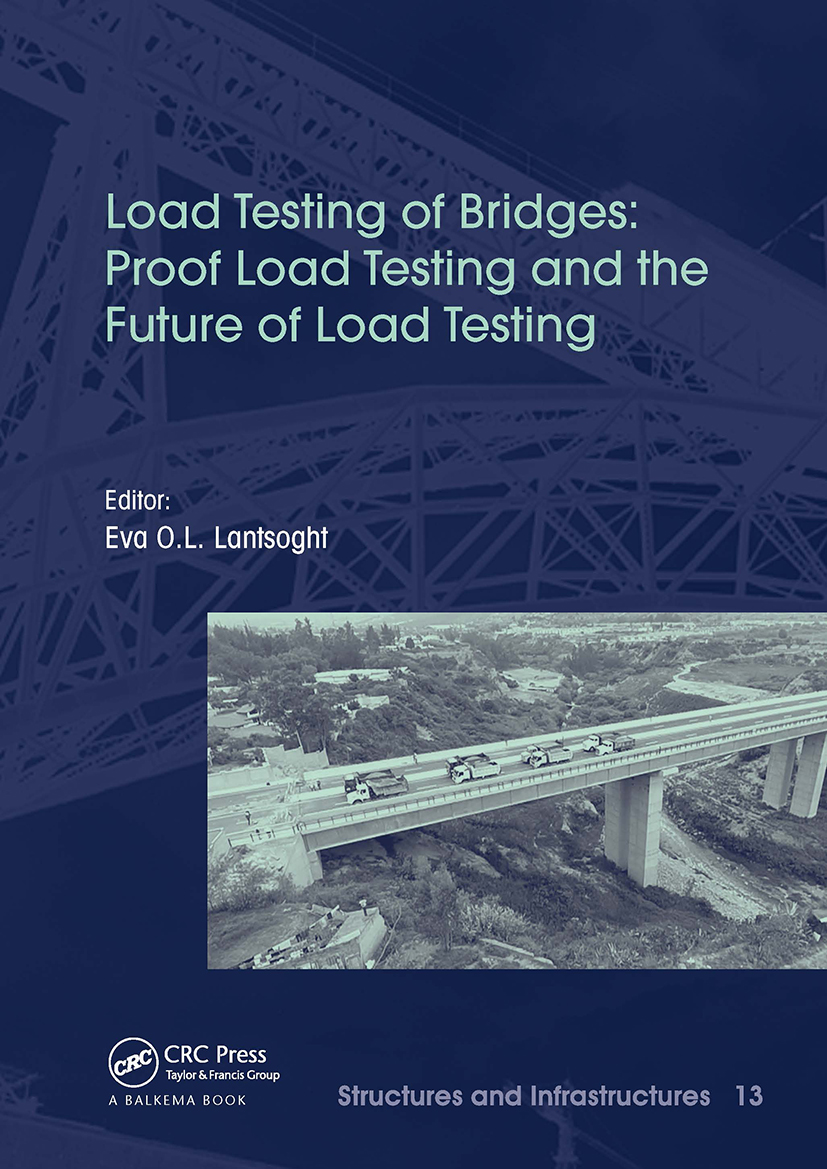Understanding Bridge Loans: What Is a Bridge Loan and How Can It Benefit You?
Guide or Summary:Bridge Loan What IsHow Bridge Loans WorkBenefits of Bridge LoansConsiderations When Using Bridge LoansBridge Loan What IsA bridge loan is a……
Guide or Summary:
- Bridge Loan What Is
- How Bridge Loans Work
- Benefits of Bridge Loans
- Considerations When Using Bridge Loans
Bridge Loan What Is
A bridge loan is a short-term financing option that provides immediate funds to individuals or businesses until they secure permanent financing or remove an existing obligation. Often utilized in real estate transactions, bridge loans help buyers act quickly, allowing them to purchase a new property before selling their current one. These loans typically have higher interest rates than traditional loans, reflecting their short-term nature and the urgency of the financing.
How Bridge Loans Work
Bridge loans are designed to "bridge" the gap between the need for immediate funds and the availability of long-term financing. For example, if a homeowner wants to buy a new house but has not yet sold their existing home, a bridge loan can provide the necessary capital to make the new purchase. The loan is usually secured by the equity in the current home, allowing the borrower to access the funds needed for the down payment on the new property.

The process typically involves a lender evaluating the borrower’s current financial situation, including the value of their existing home and their creditworthiness. Once approved, the borrower can use the funds to close on the new property. The expectation is that the borrower will sell their existing home within a few months and use the proceeds to pay off the bridge loan.
Benefits of Bridge Loans
One of the primary advantages of a bridge loan is speed. Since these loans are designed for short-term use, the approval process is often quicker than that of traditional loans. This can be crucial in competitive real estate markets where timing is essential. Additionally, bridge loans can provide flexibility, allowing borrowers to make offers on new properties without the contingency of selling their current home first.
Another benefit is that bridge loans can help borrowers avoid the stress of managing two mortgages simultaneously. By providing immediate funds, borrowers can transition smoothly from one property to another without financial strain.

Considerations When Using Bridge Loans
While bridge loans offer several advantages, they also come with risks and costs that borrowers should consider. The higher interest rates associated with these loans can lead to significant costs if the loan is not paid off quickly. Additionally, if the existing home does not sell as quickly as anticipated, borrowers may find themselves in a challenging financial situation.
It’s also important to note that not all lenders offer bridge loans, and those that do may have varying terms and conditions. Borrowers should shop around and compare offers from multiple lenders to ensure they secure the best possible deal.
In summary, a bridge loan is a powerful financial tool for those looking to make a quick transition between properties. Understanding "bridge loan what is" can help potential borrowers navigate their options effectively. While these loans can provide immediate access to funds and flexibility in real estate transactions, they also come with higher costs and risks. Therefore, it is crucial to evaluate one’s financial situation and consult with financial advisors before proceeding with a bridge loan. By doing so, borrowers can leverage this financing option to achieve their real estate goals while minimizing potential pitfalls.
